| TALES OF HEATH & POND |
VISITOR'S GUEST BOOK | HISTORY OF THE HEATH & POND | GUESTS' PHOTOGRAPHS | SOURCES OF INFORMATION | VIDEOS | SITE MAP |
Herons
Many of these photographs were taken using zoom and are not suitable for enlargement - so don't click on them!
New photographs are usually added to the bottom of the page - click to go to the bottom of this page
2020 |
||
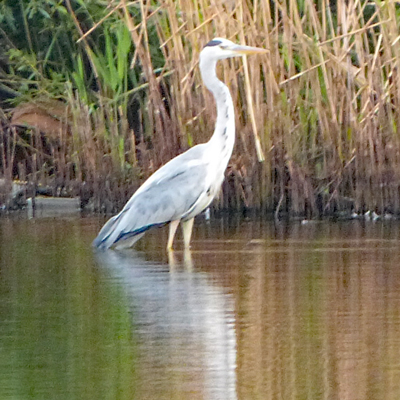 |
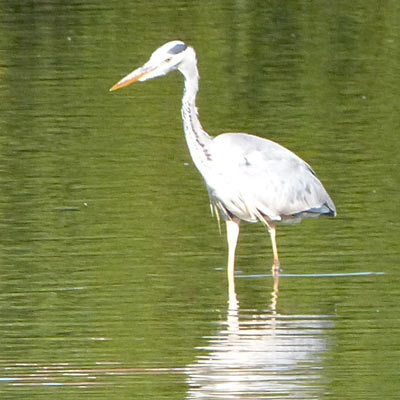 |
|
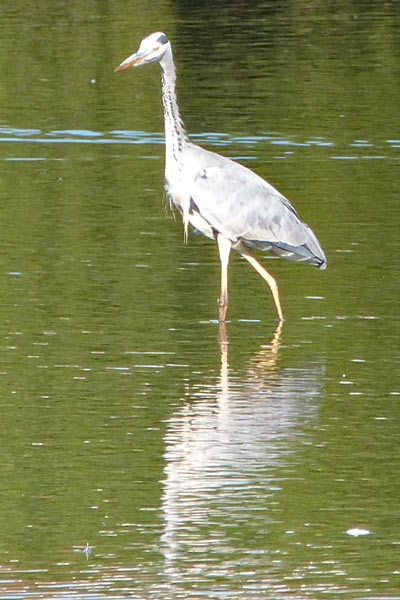 |

Herons are often seen stood as still as a statue on their long thin legs in shallow waters of ponds and lakes patiently waiting for their next meal to swim by. These tall birds spend most of their time alone feeding mainly on fish but can be tempted by the occasional tasty mole! Make sure you look out for these incredible birds in flight, their slow-flapping wings and long legs held out behind make them hard to miss! Herons nest in colonies called 'Heronries', often in the top of trees. Here, they make their large, ungainly nests out of twigs and lay 3-4 eggs. The young will fledge from the nest after about one and half months. Herons are among the earliest nesters. It's not unusual for some birds to lay their first eggs in early February, though the normal start is early March, peaking at the end of the month. Heronries can reach a prodigious size: one at Great Snowden's Wood, near Brede in Sussex, contained around 400 nests in 1866 Grey herons are the largest birds most of us ever see in our garden: the wing span is around 6ft. The old English name for a heron was hragra; other names now largely fallen into disuse include harn, hernser and hernshaw. Heron comes from the French, for the French name is héron céndre. |
|
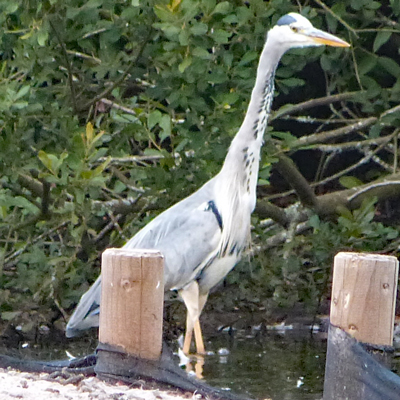 |
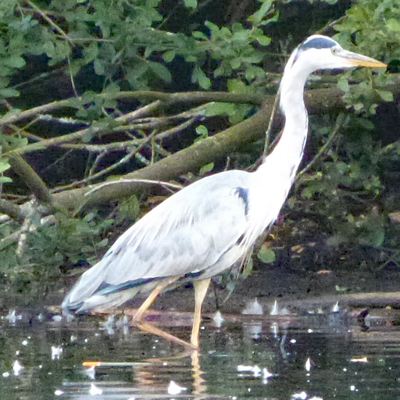 |
|
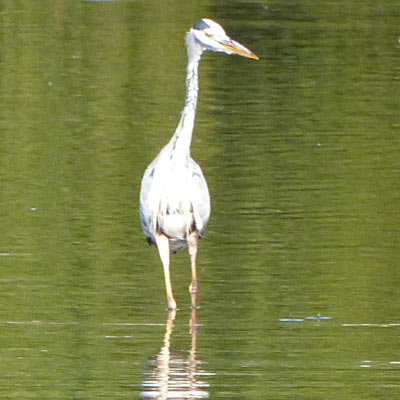 |
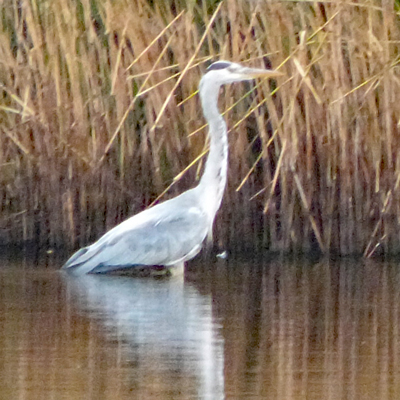 |
|
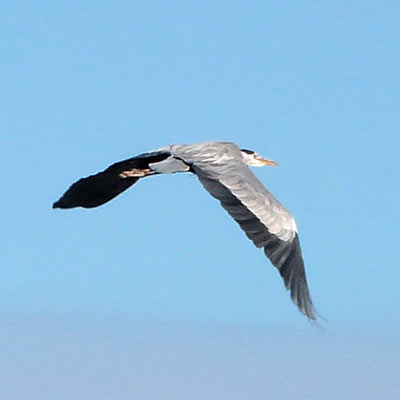 |
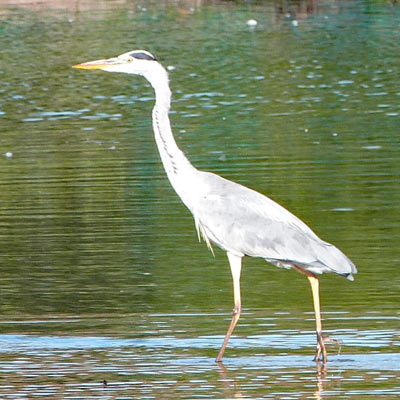 |
|
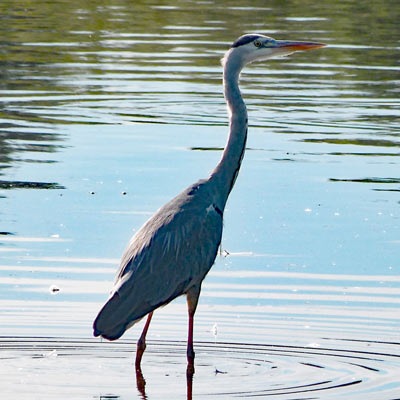 |
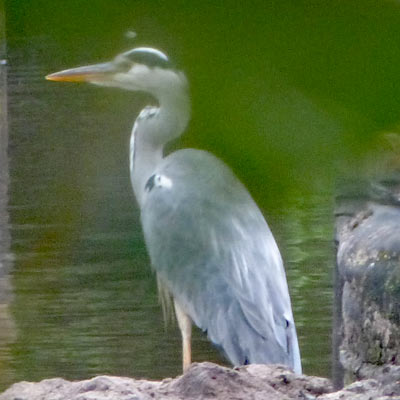 |
|
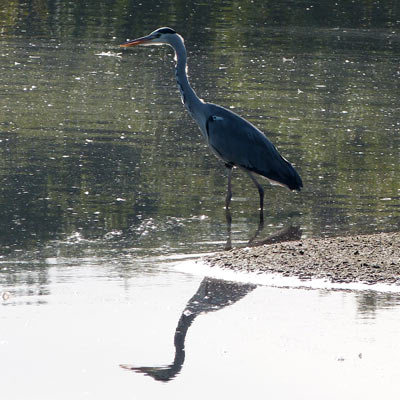 |
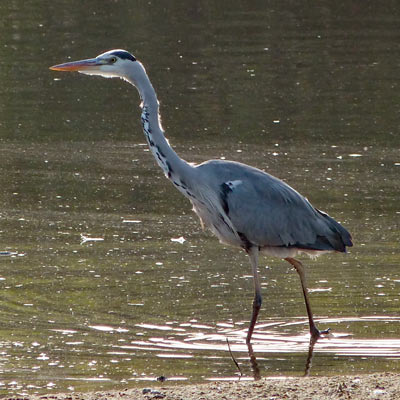 |
|
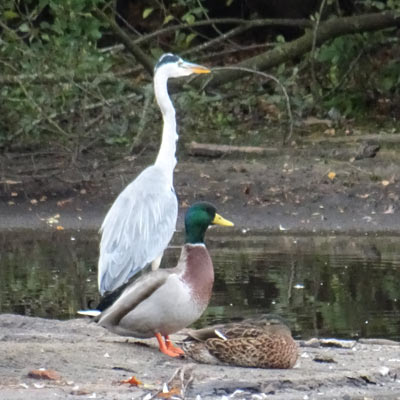 |
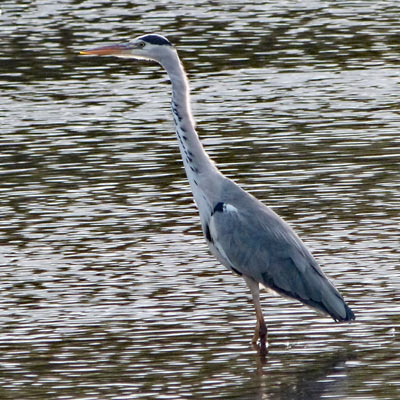 |
|
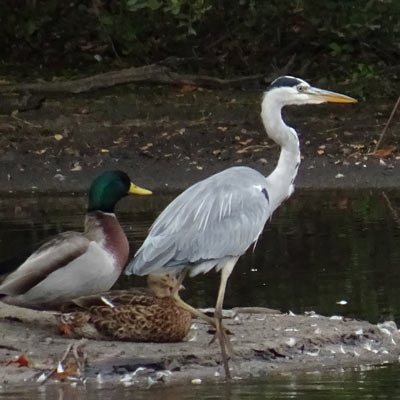 |
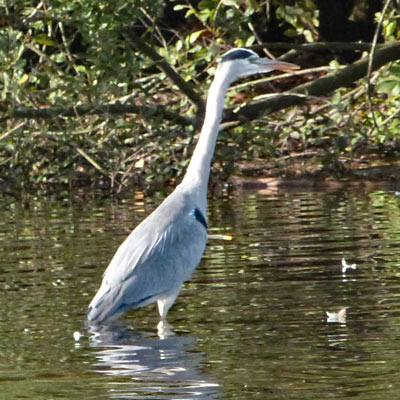 |
|
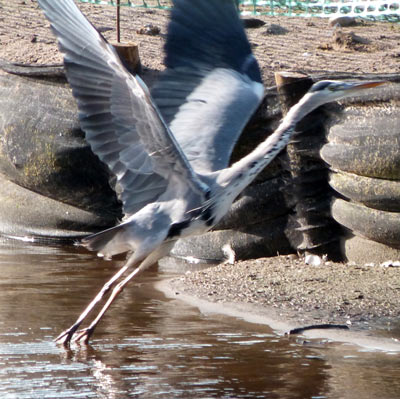 |
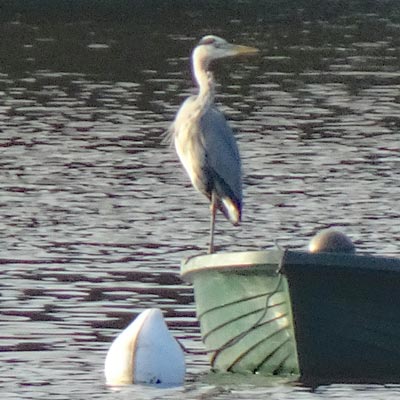 |
|
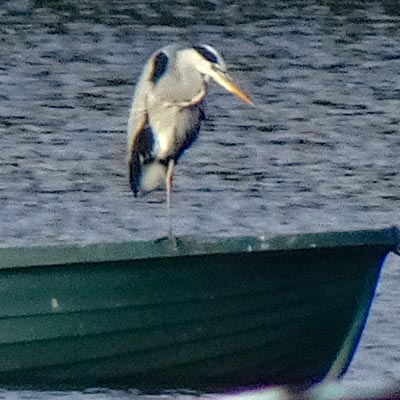 |
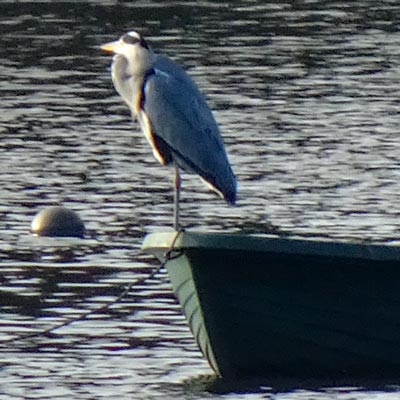 |
|
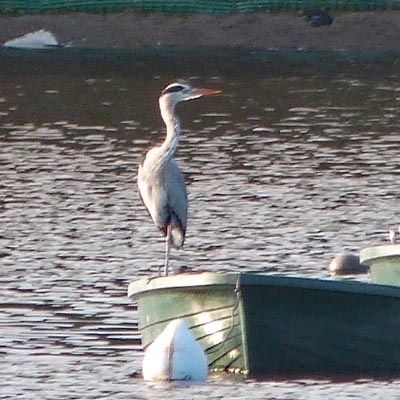 |
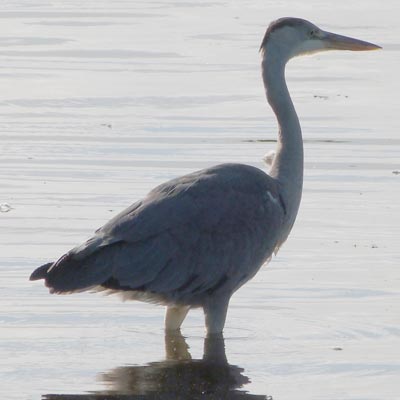 |
|
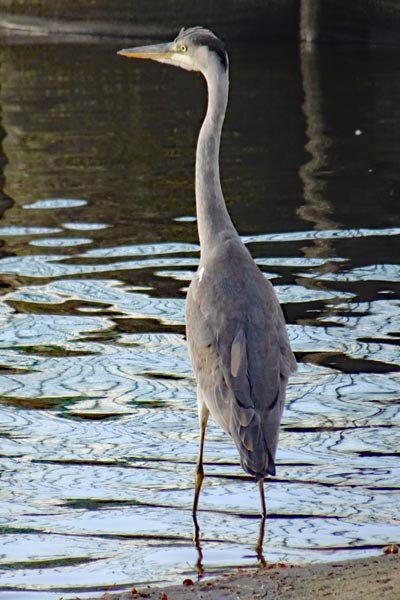 |
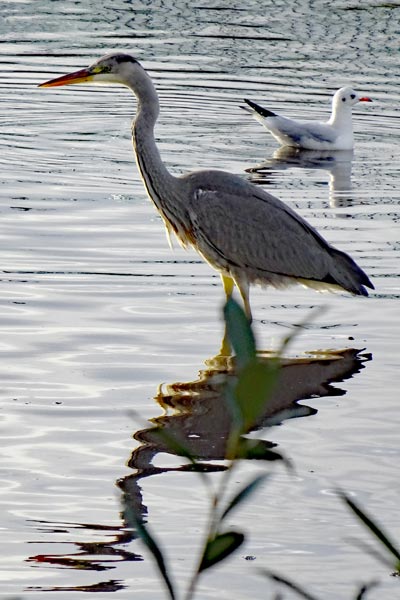 |
|
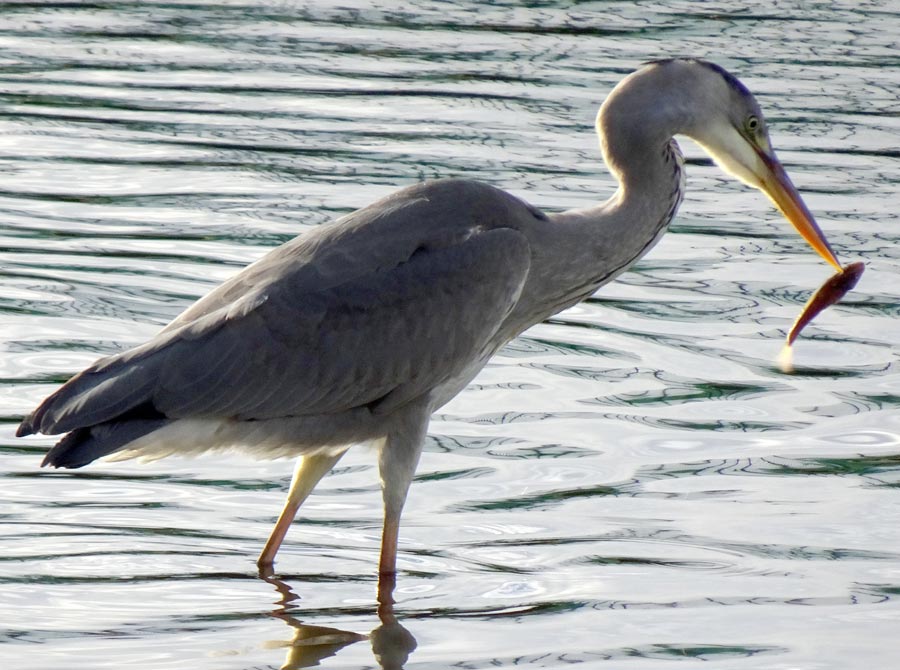 |
||
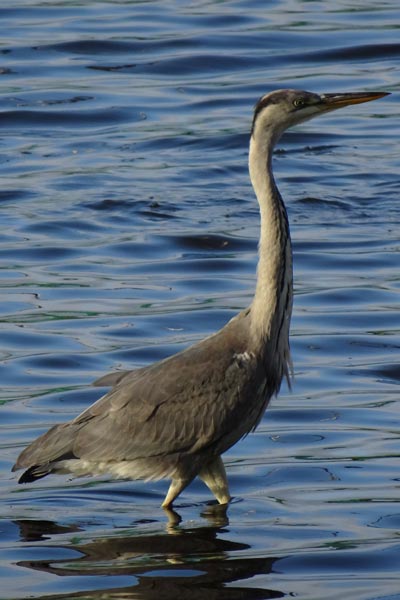 |
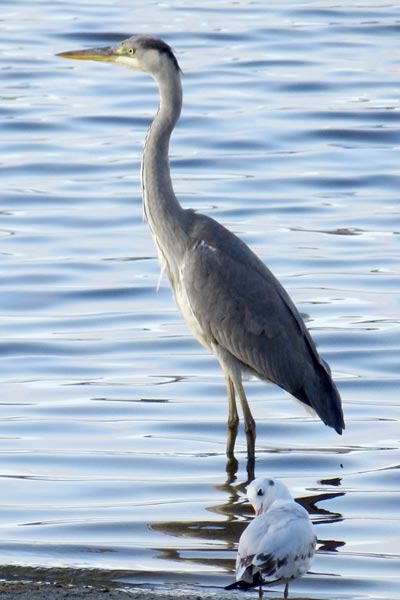 |
|
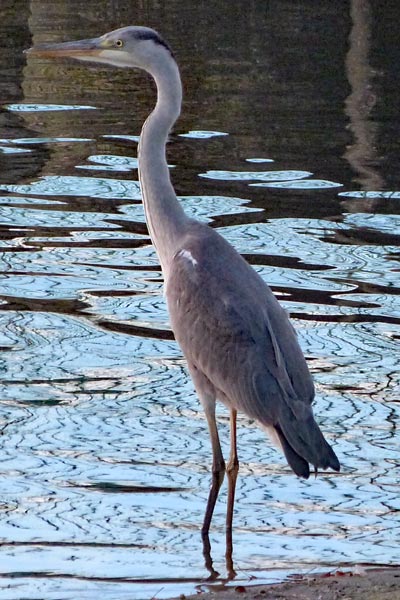 |
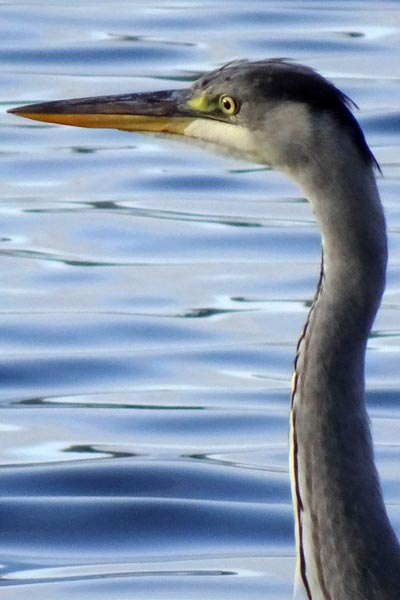 |
|
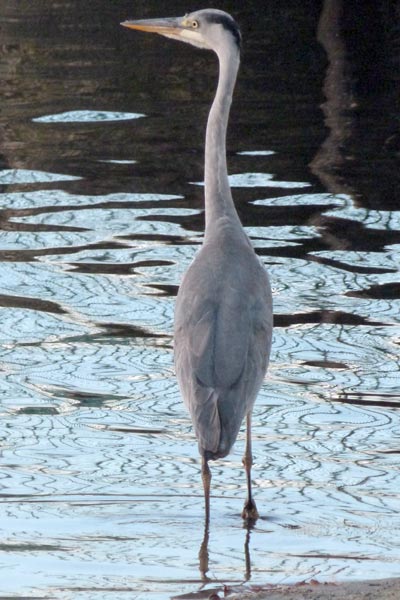 |
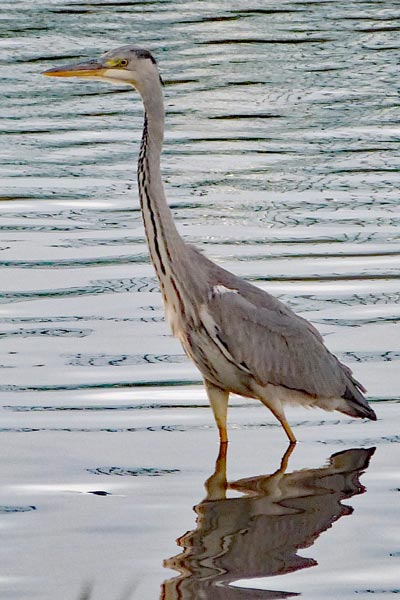 |
|
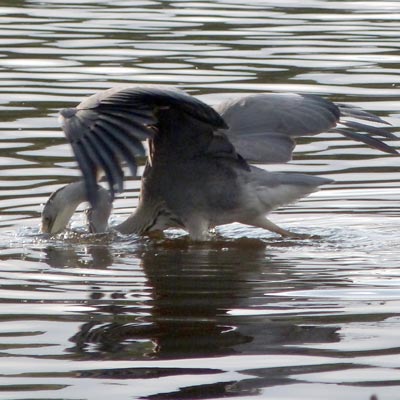 |
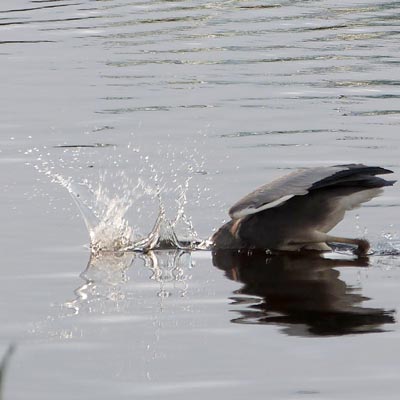 |
|
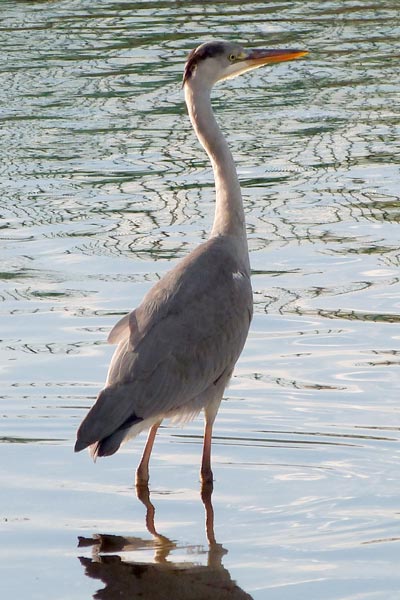 |
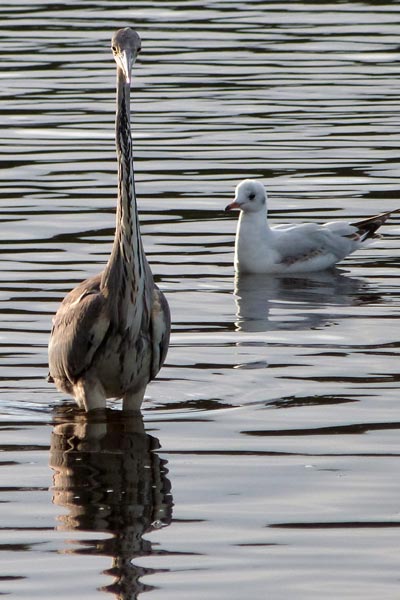 |
|
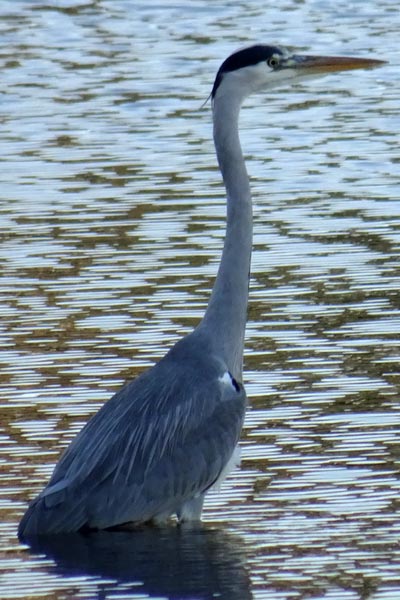 |
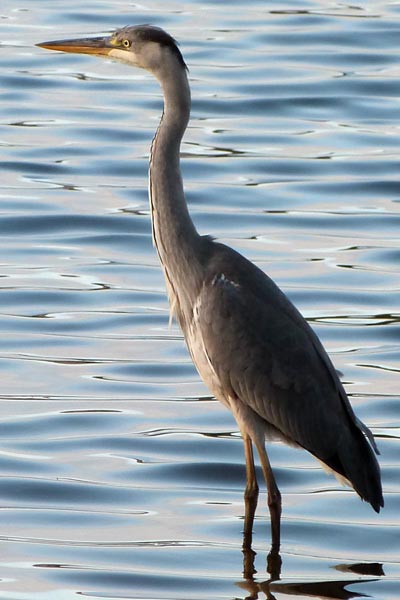 |
|
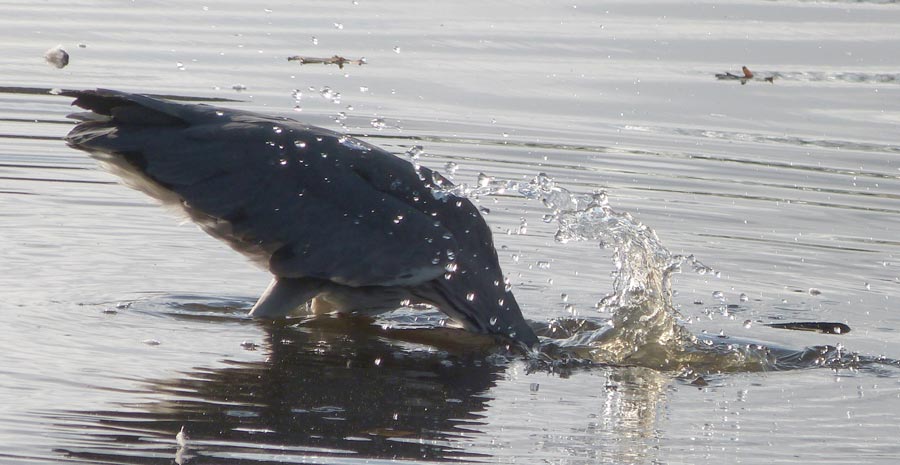 |
||
 |
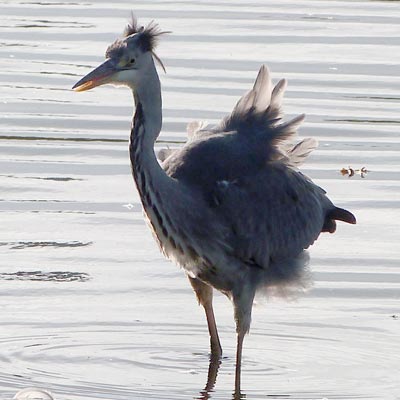 |
|
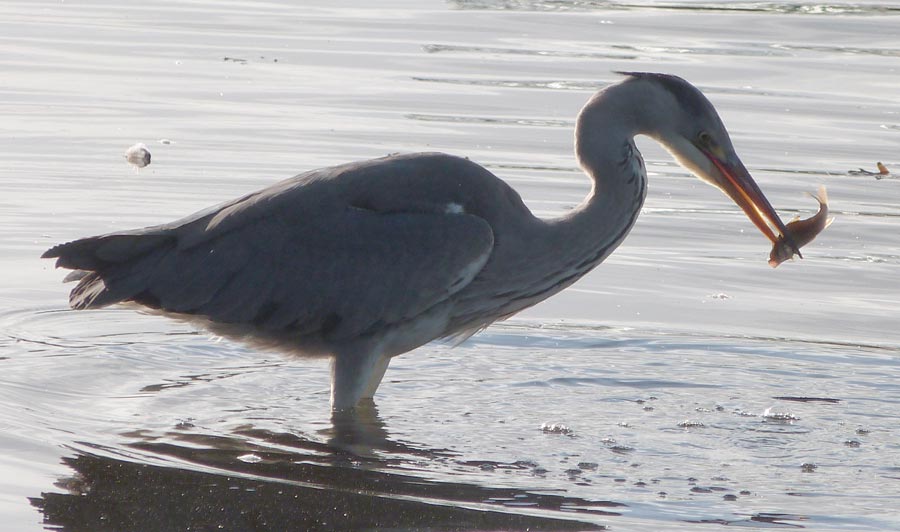 |
||
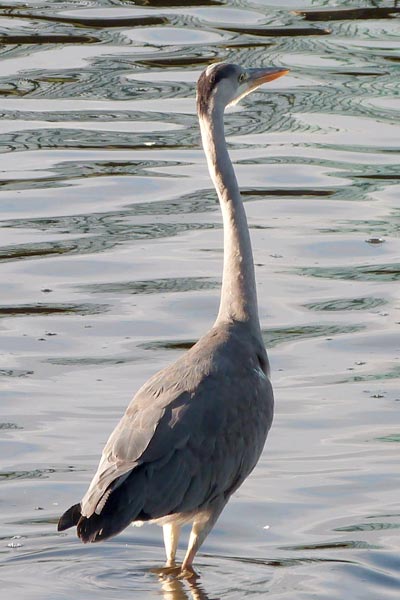 |
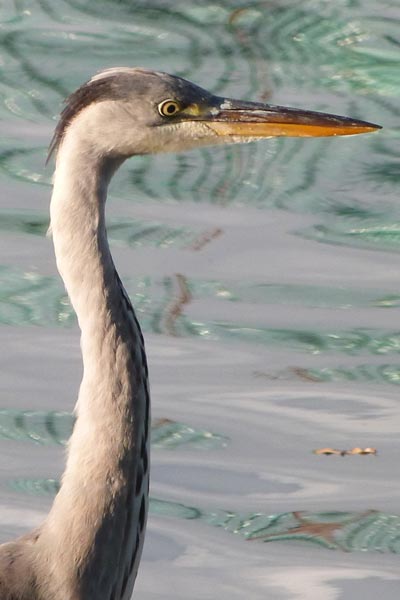 |
|
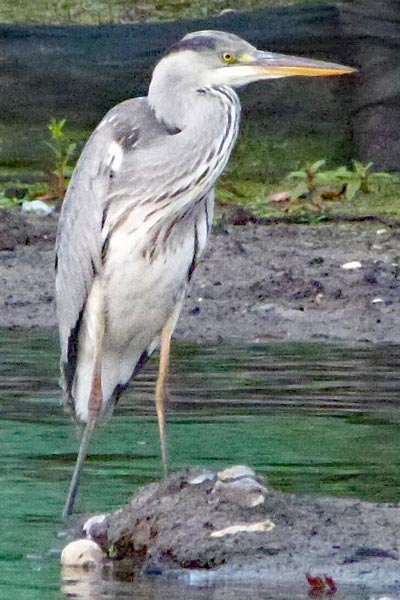 |
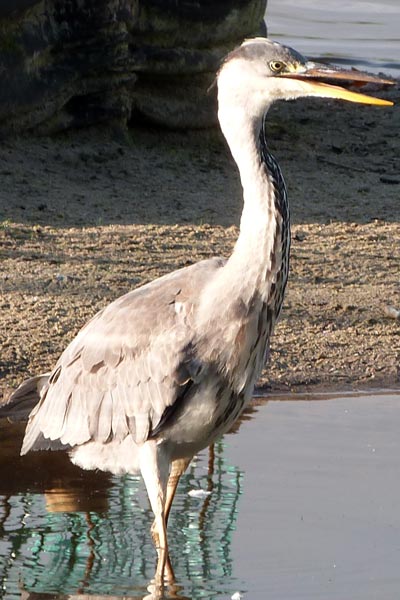 |
|
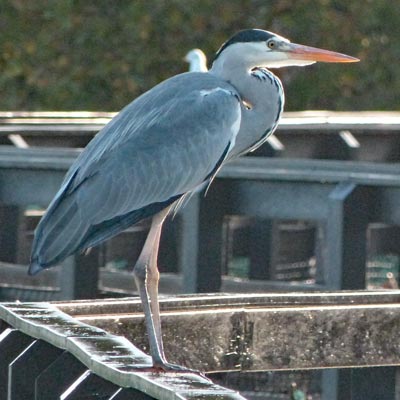 |
||
| On Wednesday 4 November we saw both herons sitting on the hand rail of the board walk - then one flew up into a tree! | ||
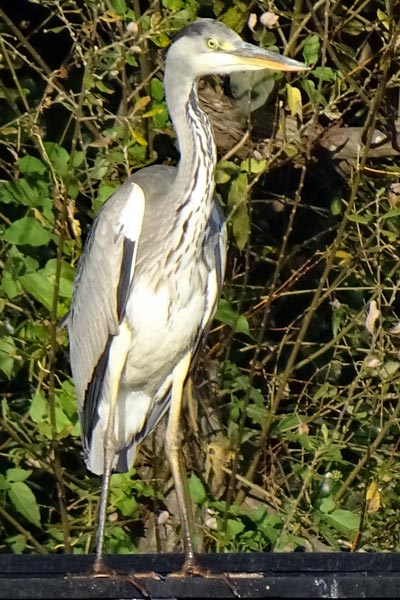 |
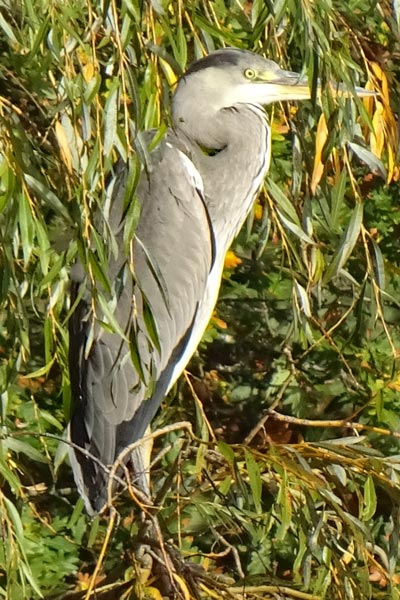 |
|
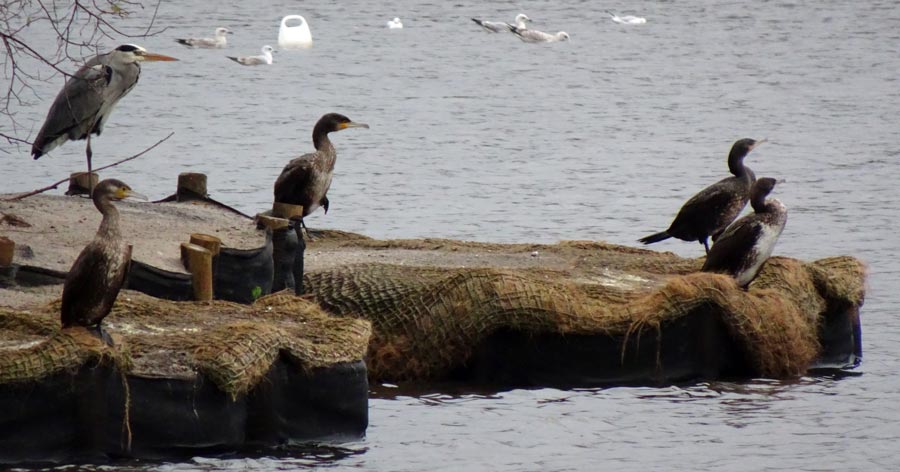 |
||
2021 |
||
| Go to the top of this page | ||